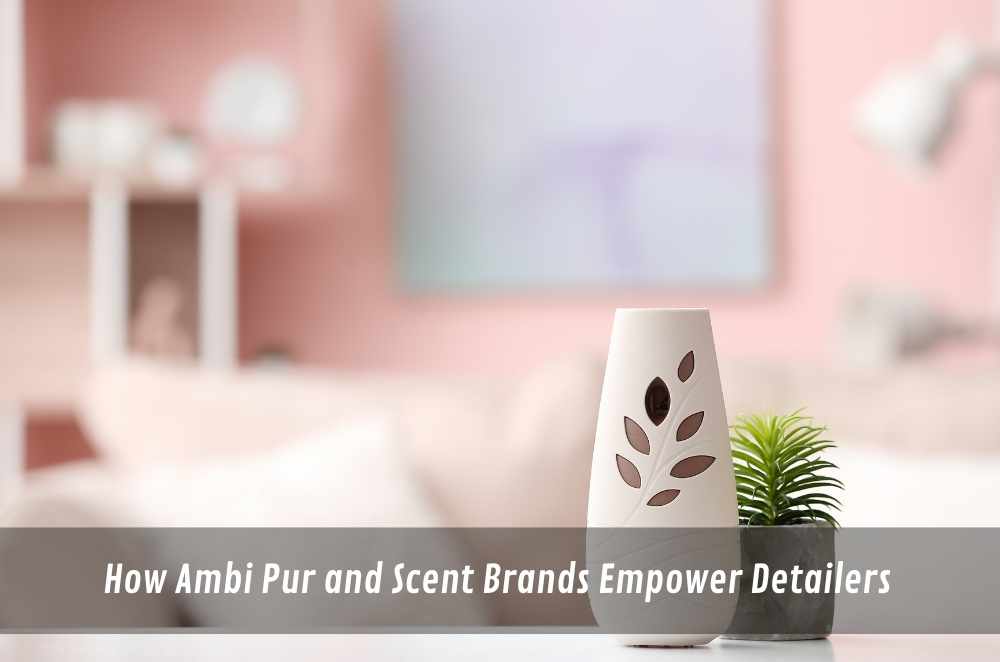
If you spend your days cutting through smoke, wet-dog whiffs, and mystery odours, you already know freshening isn’t fluff — it’s part of the service. The quickest win most shops overlook? Choosing smarter refills. For bulk buys and consistent results, metered air freshener refills can quietly lift perceived quality, reduce callbacks, and keep cars showroom-ready between cleans.
Why refills are the unsung hero in detailing
Scent is the last impression your customer takes with them. Nail it, and they remember you; miss, and they remember the smell. Refills let you control that moment — dose, duration, and the vibe you want your brand to signal.
Consistency beats quick fixes. Refills deliver predictable diffusion, so the last car of the day smells as polished as the first.
Cost control without corner-cutting. Refilling in bulk, reducing packaging waste, and keeping your per-car cost steady.
Brand experience, not just “nice scent.” Fragrance families (citrus, aquatic, woody) telegraph different moods and “cleanliness cues.”
Fewer surprises. Refills are designed for specific dispensers, so they diffuse evenly rather than dumping fragrance in the first hour.
I learned this the hard way. Early on, I used random aerosols “just for handover.” Looked fine, but the cars bounced back a week later — stale smell, customer unimpressed. Swapping to programmed refills in the finishing bay meant every handover scent matched the finish, and customer reviews nudged up almost overnight.
Metered vs. passive vs. gel: Match the refill to the job
Not all refills behave the same. Pick the wrong one and you’ll either overpower the cabin or barely notice the scent.
Metered aerosol refills: Best for a detailing bay or handover area. Programmable intervals; quick space reset between jobs.
Passive cartridges (no propellant): Slow, steady release. Good for enclosed spaces (customer lounge, glovebox “gift” packs).
Gel or membrane refills: Even diffusion in warm cabins; nice for “subtle, not shouty” results, especially post-steam clean.
How to choose in practice
Size of space: Small cabin? Use lower-intensity or passive refills; reserve metered for open areas or brief bursts pre-handover.
Turnover time: Fast shop? Metered aerosols on a 5–10 minute pulse refresh the bay between cars.
Customer profile: Family cars lean toward citrus/fresh linen; performance cars often suit cedar, leather, or light musk notes.
After-service hang time: Want the “new car” memory to stick for a week? Go passive in-cabin plus a light bay burst at handover.
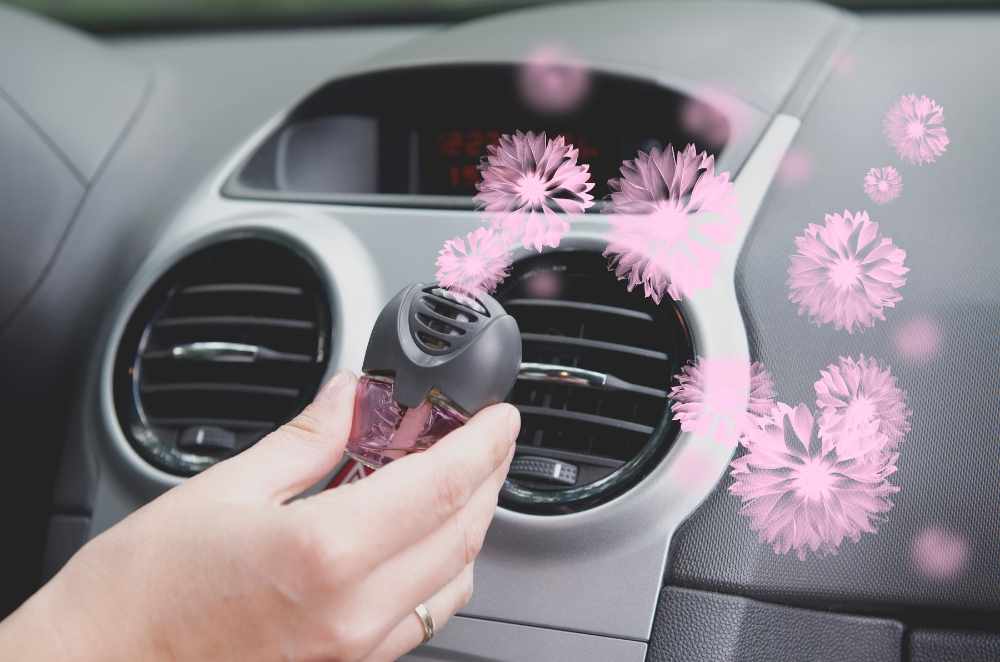
Scent strategy for detailers (yes, make a mini playbook)
Ambi Pur and other mainstream brands have lifted the bar for “car-appropriate” notes — fewer cloying florals, more clean woods, bright citrus, and neutral “linen” accords that don’t fight with leather. Create a simple scent playbook to prevent the team from guessing.
Start with three families
Citrus/fresh: Cut through smoke or food odours; feels “sanitary.”
Aquatic/linen: Neutral, polite, good for fleets and courtesy cars.
Woody/leather: Premium vibe for enthusiast clients — sparingly.
Set rules your team can follow
1–2 pulses in the bay pre-handover with a metered refill, doors open, air-con recirculate on for 60–90 seconds.
Never spray directly onto seats or steering wheels (slip risk); avoid HVAC intake to prevent residue.
Log which scent went into which job so you can repeat by preference.
Offer an opt-out for scent-sensitive clients — and record it.
If you’re experimenting with schedules and want to automate the “burst, pause, handover” routine, consider a guide focused on a digital air freshener dispenser to keep timing and output consistent across a busy day.
Safety first: Aerosols, ventilation, and common-sense handling
Detailing bays are full of ignition sources (heat guns, vac motors), so treat aerosols with the respect they deserve. Always store them cool, upright, and away from direct heat. When using an air freshener spray can (especially metered refills in the bay), give yourself airflow and avoid concentrating vapour in confined spaces. WorkSafe ACT’s alert on aerosol can safety reinforces the basics: heat + pressure + vapour is a bad mix — keep cans out of hot cars and away from heat sources, and follow the label’s storage and disposal guidance.
For shops managing multiple chemicals, Safe Work Australia’s guidance on airborne contaminants is a useful “north star” — minimise vapours so far as is reasonably practicable and monitor exposure where relevant. That mindset applies even to pleasant-smelling mists.
Practical checklist for your bay
Ventilate during any aerosol use; avoid enclosed, running-HVAC cabins.
Store refills below 50°C; never leave cans in vehicles or in direct sun.
Train juniors: “short bursts, doors open, never onto surfaces.”
Dispose of according to label and local rules; empty before recycling.
A simple, real-world workflow (and the rough maths)
Here’s the quick workflow my team settled into for handovers:
Prep the cabin — vacuum, wipe plastics, neutralise odours (don’t just mask).
Pulse the bay — two short metered bursts 2–3 minutes apart with doors open.
Recirculate — engine on, AC recirculate for ~60–90 seconds while checking infotainment and steering controls are streak-free.
Final sniff test — if you can “smell the product” strongly, it’s probably too much; dial down.
Record — job card notes: scent family and intensity for next visit.
Costs that actually make sense
A quality metered refill commonly delivers 3,000–6,000 bursts.
If you use ~2 bursts per job, that’s 1,500–3,000 cars per can.
Even at $15–$25 per refill, you’re looking at $0.01–$0.02 per car for the “wow, that’s fresh” moment.
Numbers vary by brand and device, but the unit economics are hard to beat when you programme and train properly.
Troubleshooting the tricky stuff (because it happens)
The scent fades fast.
Check your interval timing. If the bay is large or drafty, shorten intervals or move the dispenser higher. For in-cabin freshness, a passive cartridge in the centre console does quite well for a week.
Customer says it’s too strong.
Swap to aquatic/linen and halve pulses. Scent sensitivity is real; build a “no fragrance” toggle into your booking form.
Smoke or pet odour lingers.
Don’t fight it with strength. Deep-clean fibres, then go light on citrus. Topping heavy odours with heavy fragrance smells like… both.
Residue on trims.
You’re spraying too close to or onto surfaces. Always diffuse in air, doors open, never directly onto panels or leather.
Extend the experience beyond the car
Detailing isn’t just for cars; it’s the whole touchpoint. Your reception and restroom should align with the cabin vibe — clean, light, never perfumey. If you’re refreshing your customer restroom, this round-up on air fresheners for the office can help you pick a non-intrusive option that won’t clash with the shop.
Small touches customers notice
Keep your handover bay smelling like your “signature” note.
Offer a small passive cartridge as a thank-you for big jobs.
Train staff to ask: “Do you prefer fresh citrus or something neutral?”
Include a care card: how to keep the cabin fresh for the next month.
Pulling it together
Refills are infrastructure. They’re how your shop builds a consistent sensory finish — the kind that makes a customer think “new car” before they even look. Choose the right format for the job, set clear rules, and keep safety boringly reliable. The big brands have already engineered the tricky bits (diffusion curves, notes that play nice with leather and plastics); your edge is in how you deploy them — on schedule, with intention, and with the customer’s nose in mind.
And if you want the low-friction way to stock up — and keep your bay program humming — revisit air freshener refills for a commercial-grade range you can set and forget. For safe handling of any air freshener spray can in your workflow, keep the WorkSafe ACT guidance handy.

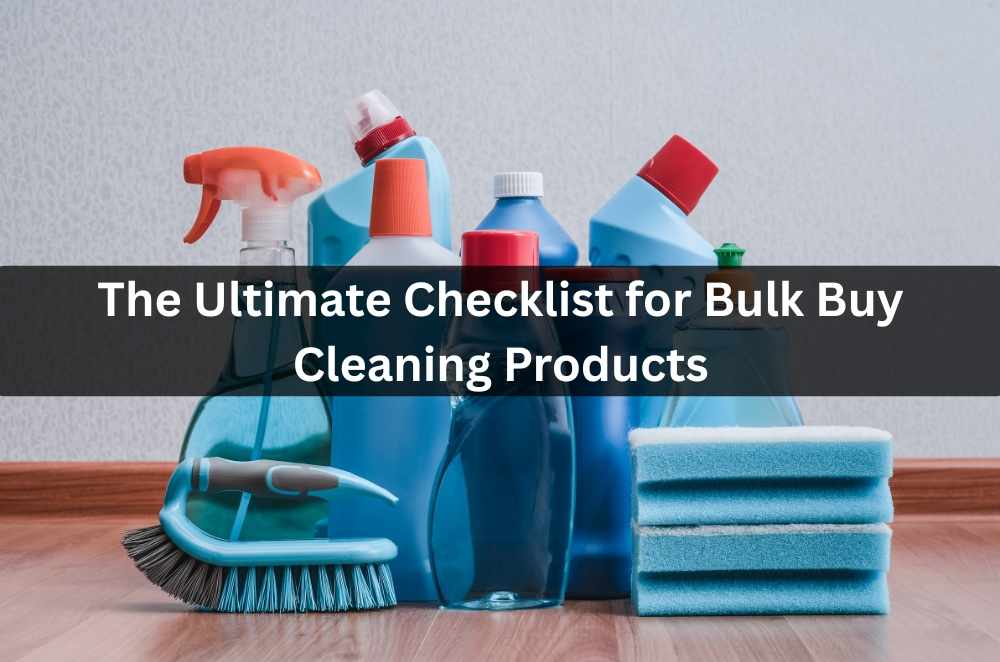

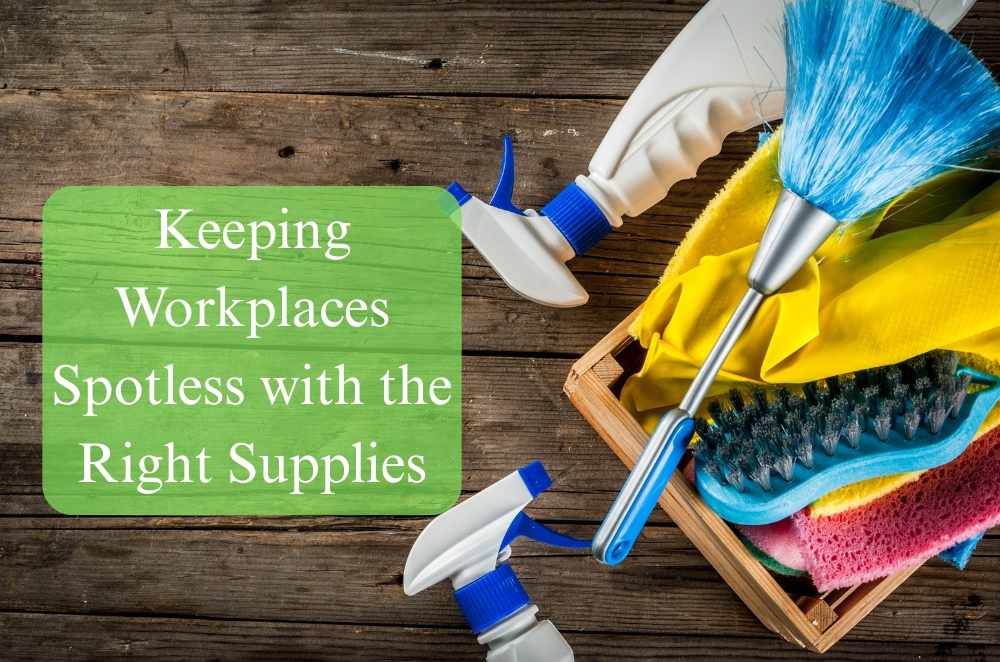

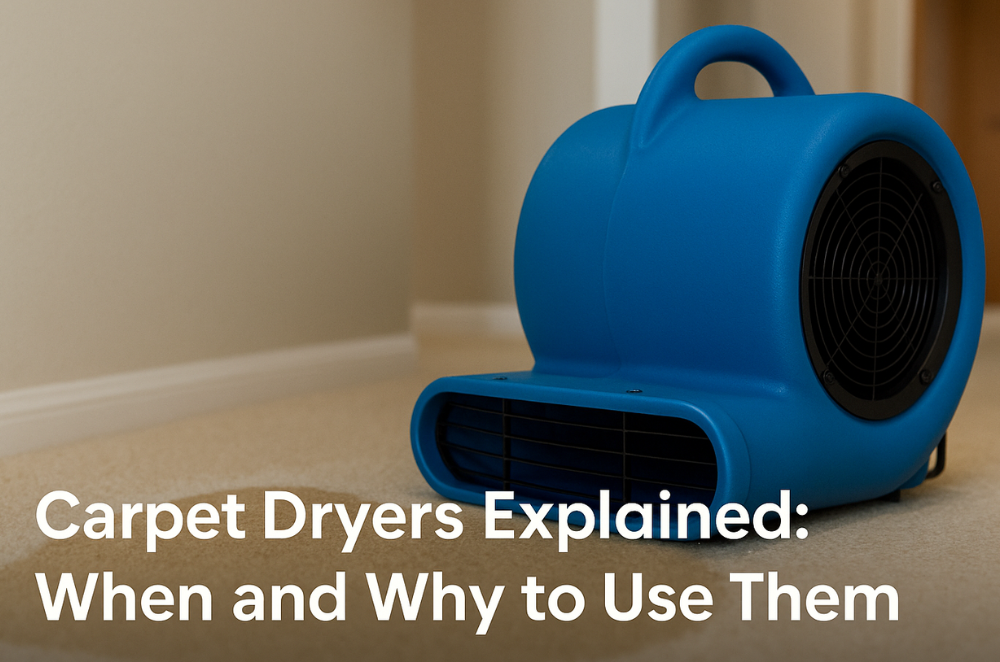


Write a comment ...